Keith Rice

Keith Rice
The Spiral Dynamics Summit on the Future (Dallas, 20-22 April 2018) was a fairly awesome event. A gathering of leading Gravesian practitioners (both on the stage and in the audience), partly to honour Spiral Dynamics co-developer Don Beck and partly to focus on how the Gravesian approach can be used to tackle the current malaises afflicting the world. (Many of the presentations are reflected in the articles comprising this special edition of ILR.)
Speaker after speaker gave us theoretical understandings and practical applications. All were good. All were insightful. Some were simply inspirational. There was a great sense of community amongst the participants, whether speaker or non-speaker, and fascinating discussions took place on the side-lines of the conference in the breaks, in the evenings and over breakfast.
There was, dare I say, a grasping for, or an embryonic sense of, TURQUOISE about the place. Which brings me to the first point of this article…
How Many People Access TURQUOISE Thinking?
There is much talk of ‘being TURQUOISE’ amongst Graves aficionados and Integralists. It is seen by many as something of a ‘state’ or level to aspire to. This, however, shows a limited understanding of Gravesian theory. As Don Beck et al (2018) say: “These [vMEMES] are systems within us – not types of us.”
SD co-developer Chris Cowan (Chris Cowan & Natasha Todorovic, 2012) warned of status-driven ORANGE claiming to be TURQUOISE for the ‘prestige’ of reaching that elevated ‘level’. According to James Killus (2008), Clare W Graves himself warned of this, saying, “As soon as you devise a hierarchy, every level 4 is going to claim to be a 7.” Even that grand master of the Hierarchy of Needs Abraham Maslow (1971) warned against “the ‘elitism’ that is inherent in any doctrine of Self-Actualisation”.
So how much TURQUOISE thinking is there in populations? Graves himself (1971/2002) could only find 6 people he was convinced thought in that way. Maslow (1971), with his equivalent concept of Self-Transcendence, could only identify 12. Lawrence Kohlberg (Lawrence Kohlberg & Anne Colby, 1987) gave up on there being a Transcendental Morality because he couldn’t find a statistically-significant sample.
Of course, the latest research I’ve quoted was done over a quarter of a century ago; so has the incidence of the TURQUOISE vMEME being accessed increased amongst the general population? With the accelerated pace of technological development and the increased complexity of modern living, it might not be unreasonable to assume there are, in fact, more people thinking in TURQUOISE.
In 1996, Don Beck & Chris Cowan estimated that 0.1% of the world’s population had accessed TURQUOISE. They also estimated 1% of the world had accessed YELLOW. At Dallas this April Thomas Q Johns gave a fascinating presentation on an analysis he had carried out of 3 minutes of conversations on his Twitter streams the previous year. He didn’t code to pick up TURQUOISE in the conversations but about 3% reflected YELLOW thinking. See Figure 1. The conversations may have reflected Johns’ personal interests and thus make the results vulnerable to researcher bias; while, of course, not everyone uses Twitter so there may be an inherent sample bias in using that medium. Nonetheless, the results give us an interesting trajectory: very high GREEN and very low YELLOW.
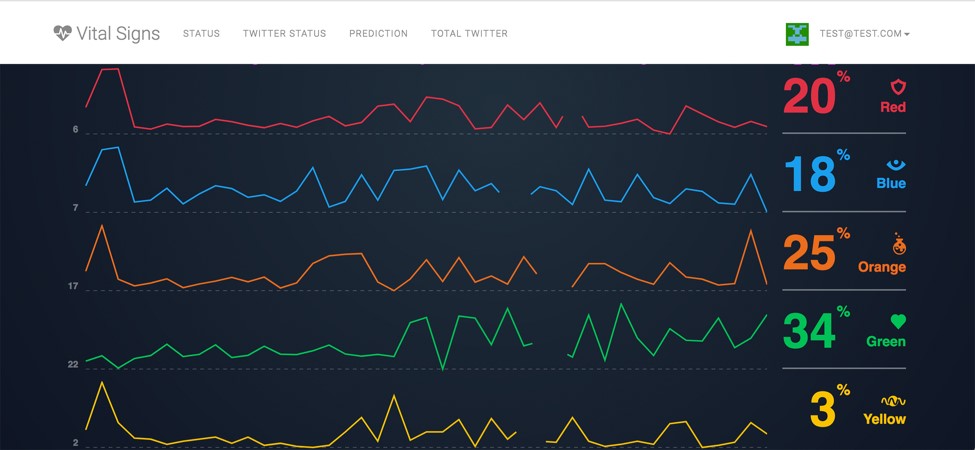
Figure 1: Copyright © 2018 Thomas Q Johns
If we take the risk of assuming Beck & Cowan’s original estimate was reasonably accurate and if we take the risk of extrapolating Johns’ findings to the general population, then in 23 years, the percentage of YELLOW thinking appears to have trebled. If the same extrapolation is applied to TURQUOISE thinking, then it may have increased to 0.3% of the general population. A very welcome increase for sure…but Kohlberg would still be struggling to get his statistically-significant sample on such an extrapolation!
So, What Is TURQUOISE?
With such small samples, it is incredibly difficult to be definitive about what TURQUOISE is.
Graves (1978/2005) writes: “They’re beginning to think in a way that intuition, subjectivism plays a great deal more in their behaviour….. You go into an almost mystical conception where the guy says he has a sort of *feeling* what a healthy human being is….they think in many respects in a higher order magical superstitious way….”
This idea of a sort of mysticism also crops up in the 1971/2002 writings: “The H-U [TURQUOISE] person can turn off other levels of consciousness at will. He can go out of this world and go off into other levels of consciousness and come back at will. Instrumentally you have that…”
Maslow (1971) finds something similar for Transcendence: “Transcenders are in principle…more apt to be profoundly ‘religious’ or ‘spiritual’ in either the theistic or non-theistic sense. Peak experiences and other transcendent experiences are in effect also to be seen as ‘religious or spiritual’ experiences.” As does Kohlberg (Lawrence Kohlberg & Clark Power, 1981): “Mystical experiences that are religiously significant are those in which the oneness of being is disclosed and the subject-object duality is overcome. These experiences then represent an emotionally powerful intuitive grasp of a reality that a metaphysics can only in a limited way express conceptually.”
In relation to the spiritual aspects associated with TURQUOISE thinkers, Beck & Cowan warn: “…these will not be better, nicer or more intelligent creatures…. Just because this way of thinking includes more of the Spiral, that does not preclude destructive ideas and attachments.” Which pretty much scotches the idea some have that TURQUOISE is some kind of equivalence to the Buddhist concept of Enlightenment!
Kohlberg withdrew his contention that there was a Transcendental stage of moral development because he couldn’t get a statistically-significant sample. Given descriptors like ‘intuition’, ‘subjectivism’ and ‘mysticism’ and Kohlberg’s talk of “a reality that a metaphysics can only in a limited way express conceptually,” does this mean TURQUOISE is beyond the reach of empirical science and, thus, can only be experienced subjectively…?
Thankfully, Graves, being a grounded scientist, tested (1971/2002) for physiological changes when TURQUOISE thinking is accessed – and he found them! “Now, in the H-U level, what evidence do I have here. Well, I’ve got one piece of evidence I can’t run away from. The electrical resistance of the skin changes significantly from any other level…. The H-U person has incredibly different skin resistance…. I’m talking about something that is 2-3-4 standard deviations.”
While Graves’ sample size was way too small to be confident of generalisation, it clearly indicates physiological changes when the TURQUOISE vMEME is accessed.
So, we can assume this vMEME does exist. It is simply identifying its characteristics that is the challenge.
TURQUOISE: Implications and Focus
Interestingly, both Graves (1978/2005) and Maslow (1970) indicate a loss of fear when YELLOW (“Maslow’s self-actualising man”, according to Graves) is accessed. Graves suggests that, when TURQUOISE emerges, there is also a loss of impulsiveness. These are characteristics that should be especially interesting to mental health professionals. Using Hans J Eysenck’s model of temperament (Eysenck, 1967; Hans J Eysenck & Sybil B G Eysenck, 1976), fear is a key characteristic of Neuroticism and impulsiveness is a key characteristic of Psychoticism. As Neuroticism is a potential for neurosis and Psychoticism is a potential for psychosis, the implication is that engaging 2nd Tier vMEMEs overcomes temperamental vulnerabilities to mental illness.
These findings point clearly to the need for further research into whether accessing 2nd Tier thinking does promote better mental health. Certainly Marie Jahoda (1958) sees Self-Actualisation as a key factor in her concept of ‘ideal mental health’. However, apart from Beck & Cowan suggesting a possible link between pathological vMEME emergence and Multiple Personality Disorder, I am not aware of anyone exploring mental health from an explicitly Gravesian perspective. It seems there is a critical potential being missed.
Another characteristic of TURQUOISE, working from Maslow’s (1971) description is ‘cosmic sadness’ “over the stupidity of people, their self-defeat, their blindness, their cruelty to each other, their short-sightedness…. Any transcender could sit down and in five minutes write a recipe for peace, brotherhood, and happiness, a recipe absolutely within the bounds of practicality, absolutely attainable. And yet he sees all this not being done…”
This, then gives us a practical focus for how TURQUOISE can be applied to the ‘real world’. So often ‘TURQUOISE-speak’, in the words of the proverb, seems “too heavenly minded to be of any earthly use”. But, in fact, if Maslow is right, it can also be incredibly practical and capable of global-level problem-solving.
Of course, TURQUOISE complexity is beyond most of the world’s population. As Johns’ Twitter research and the earlier research by Alan Tonkin & Don Beck (2003) – see Figure 2 – suggest, the thinking of most people around the world is dominated by 1st Tier vMEMEs. Thus, the complexity of 2nd Tier concepts and language is too much for the vast majority of people.
Beck (2002a) says that effective leadership communicates by talking in language/ concepts of no more than half a vMEME in complexity ahead of the current centre of gravity. If the concepts are too complex, then those being addressed will not be able to understand in terms that are meaningful to them. It will ‘go over their heads’. If the language and concepts are too simple, then people are likely to feel they are being patronized.
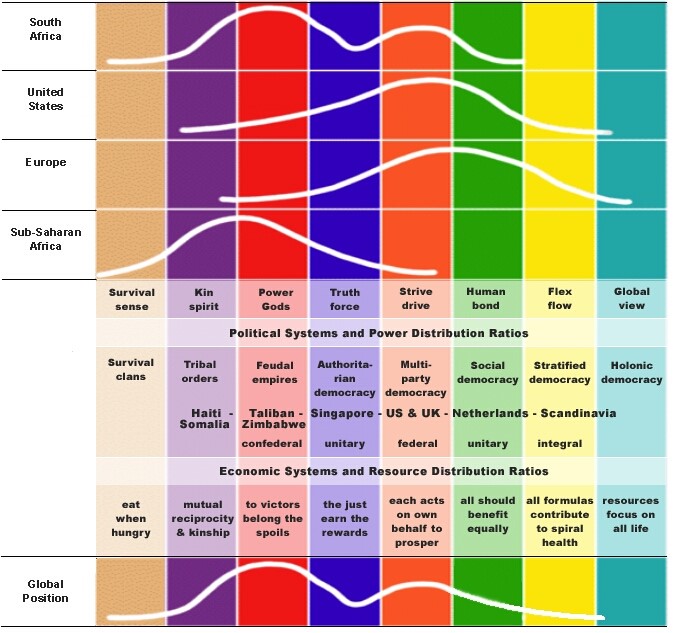
Figure 2: Copyright © 2003 Global Values Network
Figure 3 represents an interaction between ORANGE and PURPLE. ORANGE values of future-oriented goals and the drive to achieve them are largely in contradiction to PURPLE’s notion of the future being the same as the past and the present: the tribe/group/family simply continues. ORANGE mostly despises PURPLE as primitive and stupid. PURPLE mostly thinks ORANGE talks gobbledy-gook it doesn’t understand.
A common mistake 1st Tier intervention designers make is to design the intervention from their values rather than the values of the target people(s). As intervention designs are usually created from more complex vMEMEs to ‘benefit’ thinkers lower on the Spiral, the intended recipients of the intervention, usually don’t – can’t? – identify with what it wants for them.
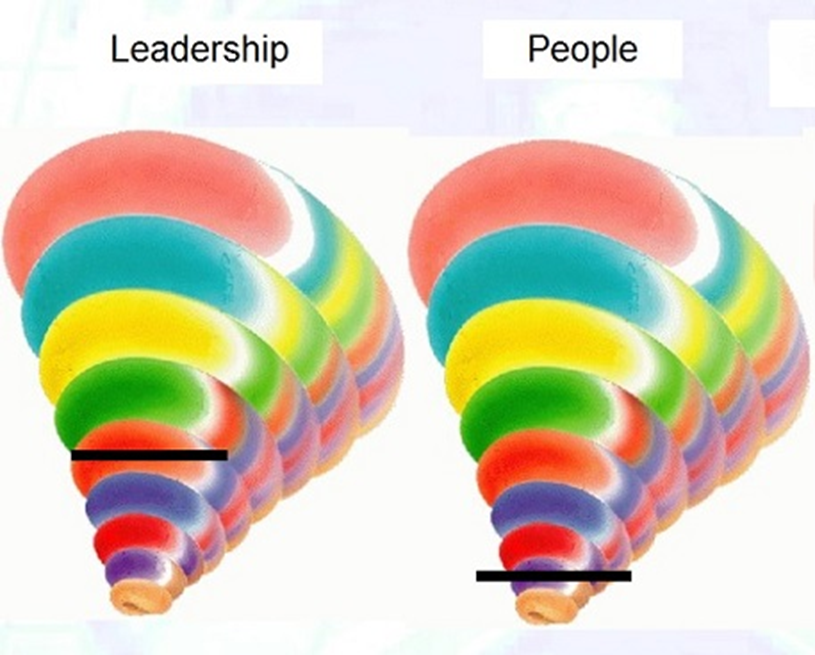
Figure 3: ‘Spiral Balloon’ – copyright © 1996 NVC Inc
A story I tell occasionally concerns the time I was asked to advise the board of trustees of a community centre set up on a large, deprived estate in a city in the north of England. Long-term high unemployment, prostitution, drugs and gangs characterised the estate. At a cost of around £5M, the centre was a wonderful, expensive-looking building with lots of facilities for running back-to-work training workshops. There were also offices and work areas for would-be entrepreneurs to start up their own businesses, to which the centre could give grants. The centre was designed from the BLUE/ORANGE/GREEN values of middle-class businesspeople and public-sector managers living in the leafy suburbs of the city. When I trained some local people in the basics of the Gravesian approach and asked what the values were on the estate, the answers came back: PURPLE and RED. Unfortunately, the board of trustees and the city council showed themselves unwilling to take a radical rethink to the project and it went bankrupt less than 5 years after its inauguration. Only one start-up business had lasted more than 6 months and there was hardly any attendance on the back-to-work courses.
No wonder Don Beck has been heard to say: “If it looks good to you, don’t do it because it’ll be coming from your values!”
Any 2nd Tier intervention, therefore, must work at the level(s) the targets of the intervention are at in that domain – and related domains – in their lives. Only when needs are met, and trust gained, can the targets be coaxed ‘upwards’ as the ‘life conditions’ on the Spiral facilitate such a move. This is a clear Maslowian principle established with the very first version of the Hierarchy of Needs in 1943 and carried right through into Spiral Dynamics.
Working With Brain Syndicates
If Maslow (1971) was right and a TURQUOISE Transcender “could sit down and in five minutes write a recipe for peace, brotherhood, and happiness, a recipe absolutely within the bounds of practicality, absolutely attainable…”, then such a plan would have to address all related needs at all levels in all ways. It would have to be a MeshWORK.
MeshWORK is the term Don Beck (1998) applied retrospectively to his work in South Africa (Beck et al, 2018). A MeshWORK is both broad, bringing in all stakeholders, especially those with power and authority, and deep, looking down Graves’ spiral, to address the health of the vMEMEs at each level in all relevant domains.
A powerful frame for MeshWORK analysis is provided by 4Q/8L – see Figure 4 – created by Beck (2000; 2002b) running the vMEMEs of Spiral Dynamics through each quadrant of Ken Wilber’s (1996) All Quadrants/All Levels construct. This looks at the cross-relation between biological health (Upper Right) and psychological capability (Upper Left) in relation to the culture the individual is in (Lower Left) and how well-matched culture and environment (Lower Right) are. In this way, all inter-relationships in all aspects, both across and down, are considered. As nothing can change without affecting other elements in the complex web of inter-actions, all factors have to considered and adjustments made to balance off changes in one quadrant at one level affecting changes in other quadrants and potentially at different levels.
Reading Maslow’s words to the participants at Dallas, it bothered me – but I could only partly articulate it in the Question & Answer forum at the end of that day of the conference…and it’s been bothering me since. With Robin Lincoln Wood’s encouragement to be bold and provocative in this article for the special edition of ILR, it begins to crystalize for me: the Dallas event, for all the insightful presentations, wonderful energies and 2nd Tier-oriented relationships fashioned, the event in structure was so 1st Tier. That’s not to decry the quality of the event or the Herculean efforts (and considerable personal investment) of the organisers, to whom I am truly grateful. But could it have been so much more…?
To have 100 or so 2nd Tier thinkers listening enthusiastically to 2nd Tier presentation after 2nd Tier presentation was undoubtedly edifying. But, as I looked out at the audience as we were waiting for the Q&A session to start, it struck me how passive and predictable it all was. What if we had set groups of those 2nd Tier thinkers problems to work on? A group to work on…
- The Middle East – probably multiple groups needed there!
- The divisions in the US highlighted by the advent of Trump
- The divisions in the UK highlighted by Brexit
- The greedy abuse of wealth by the 1%
- Etc, etc, etc
After all, if Maslow is right about what one Transcender could achieve, what could 100 or so 2nd Tier thinkers do? My mind boggles with the possibilities. As I write, I feel like I am staring into infinite space, full of endless potential.
Sentence possibly from a picture Page 6: Several times I’ve heard Don Beck use the term ‘brain syndicate’ to refer to teams working together to use their knowledge, understanding, insight, and intuition to solve problems. What a brain syndicate we could have had in Dallas!
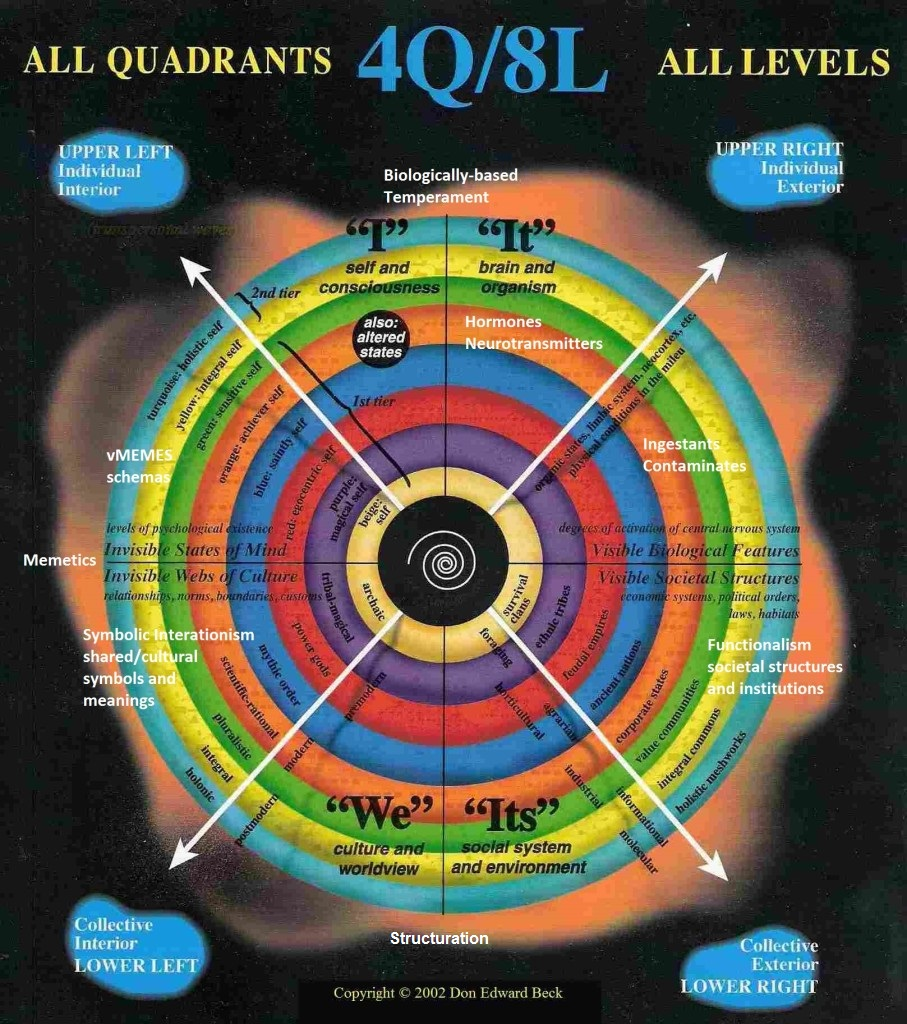
Figure 4: Copyright © Don Beck 2002; amended with permission by Keith E Rice, 2014
After all, if Maslow is right about what one Transcender could achieve, what could 100 or so 2nd Tier thinkers do? My mind boggles with the possibilities. As I write, I feel like I am staring into infinite space, full of endless potential.
It’s all too easy, especially if ORANGE/GREEN is masquerading as TURQUOISE and especially if there is an emphasis on ‘spiritual’ rituals, to get sucked into self-congratulatory and mutually-reinforcing exchanges about how ‘2nd Tier’ we all are…. Which is why sometimes Spiral Dynamics is portrayed as a kind of cult movement (Graham Wilson, 2008). When there is a blighted world outside the conference hall desperately in need of those: ”recipe[s] for peace, brotherhood, and happiness” , 2nd Tier thinking needs to focused on analysis of real world problems and intervention creation.
Perhaps we need to challenge ourselves as to what a ‘2nd Tier event’ should be about. Clearly, there is always a place for speakers with new revelations and new angles. And sometimes it’s good just to go through stuff we already know for consolidation and reinforcement. But, when we gather real 2nd Tier thinkers together, maybe we also need to get the brain syndicates to work!
Engaging the brain syndicates in real world intervention design will also be a learning process for the participants. As we know so little about 2nd Tier expression – especially TURQUOISE – then we can only learn about ourselves as 2nd Tier thinkers. The ‘TURQUOISE collective’ hopefully will emerge from these co-creation patterns.
Apart from Beck’s work in South Africa, Bjarni Snæbjörn Jónsson’s constitutional projects in Iceland (Jónsson, 2015) and Elza Maalouf’s (2014) work in the Middle East, we have little evidence of what a large-scale 2nd Tier intervention would look like. As the TURQUOISE collective emerge from the brain syndicates, then hopefully we will be able to discern commonalities amongst the many distinctions in 2nd Tier-designed interventions.
Selling Gravesian Solutions in a 1st Tier World
So, the brain syndicates have been at work and drafted potential solutions to some of the world’s greatest problems….
And wouldn’t the brain syndicates be even more effective if we had more ‘influencers’ on them and access to the politicians, social scientists and funders who can leverage people, resources and money for brain syndicate projects to be implemented…?
Which brings me (more or less) to the title of this article: how do we ‘sell’ 2nd Tier approaches in a 1st Tier world?
A great number of the world’s population are dominated by PURPLE and RED thinking – and that’s not just in rural so-called Third World populations. There are many parts of the UK – and undoubtedly other Western countries – where PURPLE and RED dominate, as those of us who were involved in the HemsMESH project discovered (Rice, 2016). However, most of the politicians, social scientists and funders the brain syndicates need to entice into backing the 2nd Tier-designed interventions tend to think in BLUE/ORANGE, ORANGE and GREEN. So they will almost certainly lack the more complex perspectives necessary to appreciate fully the 2nd Tier proposals.
Getting these people to buy into the proposals is critical. Without them, there is no way to implement the interventions.
What follows is an example of some of the objections that could be made and ways of dealing with them.
BLUE/ORANGE
The world of the rational and the scientific demands empirical evidence. Reputedly when Don Beck met leading sociologist Anthony Giddens at the time of the HemsMESH project, Giddens demanded: “Where’s the evidence?”
Gravesian theory, like the Hierarchy of Needs, does not easily lend itself to cause-and-effect experiments and tests of falsifiability – which presumably is why Maslow is so unpopular with university Psychology departments. However, the recent brain imaging work of Svenja Caspers & Marc Lucas (Svenya Caspers et al, 2011; Marc Lucas & Svenja Caspers, 2014), which used original Graves materials, has shown real biological bases for vMEMES at work. The frontal cortex is involved in ‘cool’ values decisions and the limbic system in ‘warm’ values decisions. They also found differentiation in use of areas according to complexity of decision-making – ie: evidence of biological differentiation between the different ‘warm’ vMEMES and differentiation between the different ‘cool’ vMEMES. (It should be noted this last finding was not statistically-significant so there are questions as to its generalisability.) If you’re prepared to accept matching Gravesian systems with Sigmund Freud’s (1920) 3-part mind, then the brain-imaging work of Mark Solms (2000) also provides hard biological evidence. Solms found the limbic system very active in sexual/ violent dreams – the expressions of the ID (RED) according to Freud – while the inhibitory circuits of the frontal cortex virtually shut down and did not perform Ego (PURPLE) and Superego (BLUE/GREEN) functions.
So, Graves can be supported by biological evidence.
GREEN
A skilled comparison matching Graves with other key developmentalists also provides a way of dealing with GREEN’s egalitarian drive to reduce Graves’ theory to be no more important than those other developmentalists.
Figure 5 shows my attempt to match Graves with other stage and level theories I consider important. From such a comparison, it is immediately clear that Graves has the most complete and comprehensive model. Such a comparison also allows the Gravesian to honour the contributions of the other developmentalists – satisfying for GREEN – while allowing the observer to come to some inescapable conclusions.
Graves himself (1978/2005) used this comparison method for ‘verification’ of his theory. A slightly different and more detailed comparison map by William R Lee is available on www.clarewgraves.com.
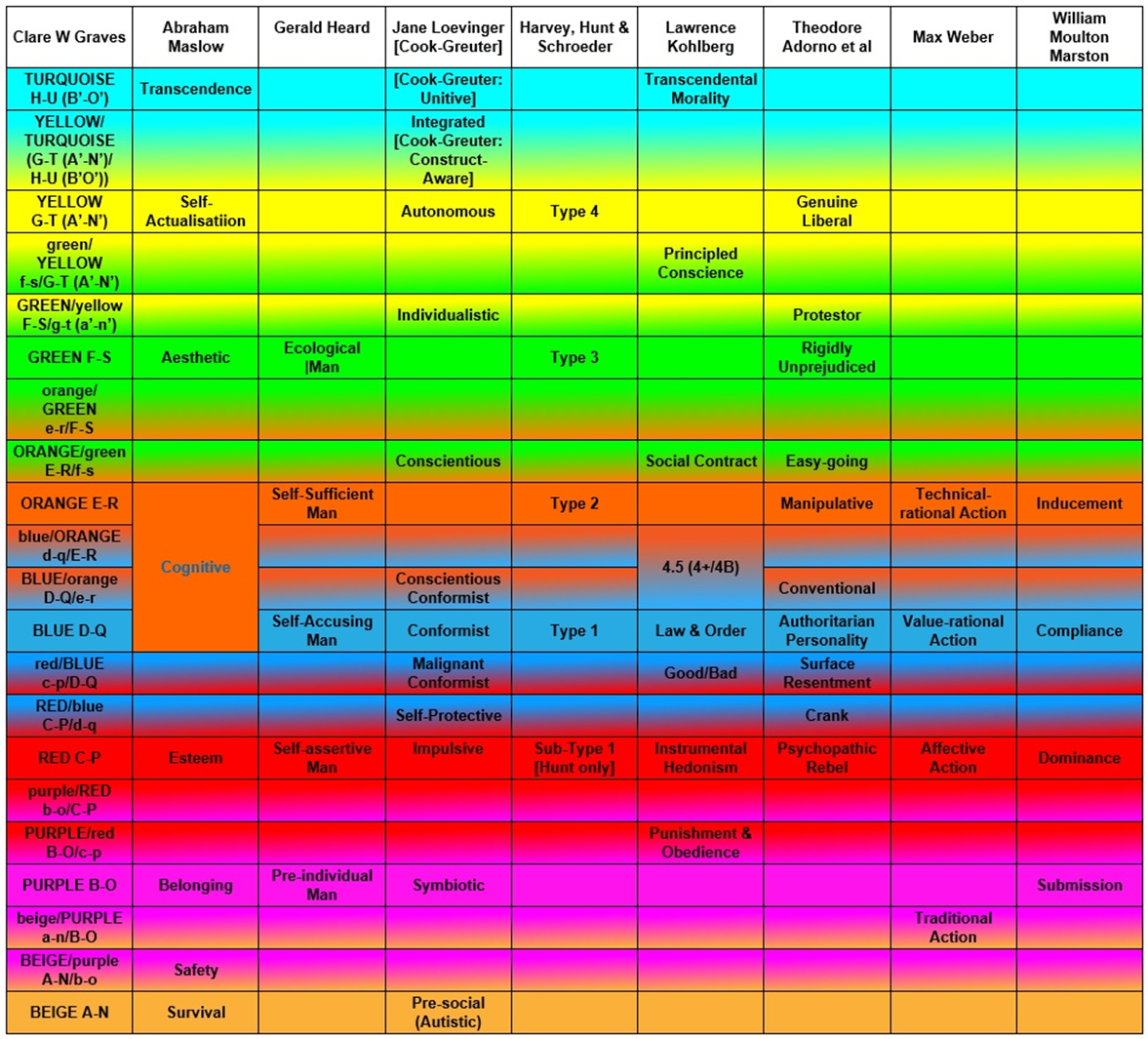
Figure 5 Comparison map of Graves’ levels with those of other key developmentalists
This vMEME will always be strategically focused on progress to its own goals. Therefore, its response is likely to be: “What’s in it for me?”ORANGE
It’s then for the Gravesian to identify just how implementing the brain syndicate’s design can be of benefit to the individual politician, social scientist and funder upon whom leverage is desired.
Final Insights
To conclude, if Gravesians are to make a difference in the real world, then the focus must be on the real world. We must be wary of getting sucked into what Robin Lincoln Wood calls ‘turquoise altitude sickness’ and ORANGE status-seeking.
If we work together in brain syndicates to tackle real world problems, then we are more likely to develop a collective TURQUOISE consciousness.
However, to acquire the resources and the permissions to implement 2nd Tier solutions, we have to be able to work with 1s Tier values.
All of this means moving beyond where we are. That prospect I find both scary and exhilarating!
References
Beck, Don (2000): ‘Stages of Social Development: The Cultural Dynamics that spark Violence, spread Prosperity and shape Globalisation’ (State of the World Forum lecture materials)
Beck, Don (2002a): various postings to the Spiral Dynamics Integral e-mail list – see: http:groups.yahoo.com/groups/spiraldynamicsintegral
Beck, Don (2002b): ‘SDi: Spiral Dynamics in the Integral Age’ (leaflet, Spiral Dynamics Integral, Denton TX)
Beck, Don & Chris Cowan (1996): ‘Spiral Dynamics: Mastering Change, Values and Leadership’ (Blackwell, Cambridge MA)
Beck, Don, Teddy Hebo Larsen, Sergey Solonin, Rica Viljoen & Thomas Q Johns (2018): ‘Spiral Dynamics in Action: Humanity’s Master Code’ (Wiley, Chichester)
Caspers, Svenja, Stefan Heim, Marc Lucas, Egon Stephan, Lorenz Fischer, Katrin Amunts & Karl Zilles (2011): ‘Moral Concepts set Decision Strategies to Abstract Values’ (PLoS One) http://www.plosone.org/article/info:doi/10.1371/journal.pone.0018451 (Accessed: 8/12/11)
Cowan, Chris & Natasha Todorovic (2012): ‘FAQ: Integral and Integrative’ (Spiral Dynamics) http://spiraldynamics.org/faq_integral/ (Accessed: 09/03/15)
Eysenck, Hans J (1967): ‘The Biological Basis of Personality’ (Charles C Thomas, Springfield IL)
Eysenck, Hans J & Sybil B G Eysenck (1976): ‘Psychoticism as a Dimension of Personality’ (Charles C Thomas, Springfield IL)
Freud, Sigmund (1920; translated by C J M Hubback, 1922): ‘Beyond the Pleasure Principle’ (The International Psycho-Analytic Press, London)
Graves, Clare W (1971; transcribed by William R Lee/edited by William Lee, Chris Cowan & Natasha Todorovic, 2002): ‘Levels of Human Existence’ (ECLET, Santa Barbara CA)
Graves, Clare W (1978; edited by Chris Cowan & Natasha Todorovic, 2005): ‘The Never Ending Quest: Clare W Graves explores Human Nature’ (ECLET, Santa Barbara CA)
Jahoda, Marie (1958): ‘Current Concepts of Positive Mental Health’ (Basic Books, New York NY)
Johns, Thomas Q (2018): presentation to the Spiral Dynamics Summit on the Future
Jónsson, Bjarni Snæbjörn (2015): ‘Citizen Driven Community and Nation Building’ in Tom Christensen (ed): ‘Innovative Development: Emerging Worldviews & Systems Change’ (Integral Publishers, Tucson AZ)
Killus, James (2007): ‘Clare Graves’ (Unintentional Irony) http://unintentional-irony.blogspot.co.uk/2007/12/clare-graves.html (Accessed: 23/05/16)
Kohlberg, Lawrence & Anne Colby (1987): ‘The Measurement of Moral Judgement’ (Cambridge University Press)
Kohlberg, Lawrence & Clark Power (1981): ‘Moral Development, Religious Thinking, and the Question of a Seventh Stage’ in Zygon 16/3
Lee, William R (1999): A Comparison of the Spiral Dynamics Map with Other Maps (Clare W Graves) http://www.clarewgraves.com/research_content/CG_others/intro.html (Accessed: 30/05/18)
Lucas, Marc & Svenja Caspers (2014): ‘Leadership and Adult Development: towards a Unified Neuro-Psycho-Economic Approach’ in Behavioural Development Bulletin 19/4
Maalouf, Elza S (2014): ‘Emerge! The Rise of Functional Democracy and The Future of the Middle East’ (Select Books, New York NY)
Maslow, Abraham (1943): ‘A Theory of Human Motivation’ in Psychological Review #50
Maslow, Abraham (1970): ‘Motivation and Personality’ (2nd edition, Harper & Row, New York NY)
Maslow, Abraham (1971): ‘The Further Reaches of Human Nature’ (Viking Press, New York NY)
Rice, Keith E (2017): ‘HemsMESH: a Tribute to a Pioneering MeshWORK Project’ (Keith E Rice’s Blog & Pages) http://www.integratedsociopsychology.net/career-2/hemsmesh/ (Accesssed: 30/05/18)
Solms, Mark (2000): ‘Freudian Dream Theory Today’ in The Psychologist 13/1
Tonkin, Alan & Don Beck (2003): Global Values Network data communicated in unpublished email from Tonkin to Frank Visser (18 February) and contained in ‘Meme Distribution Data’ (Integral World) http://www.integralworld.net/meme-data.html (Accessed: 28/05/18)
Wilber, Ken (1996): ‘A Brief History of Everything’ (Shambhala, Boston MA)
Wilson, Graham (2008): ‘When Dynamics spiral out of Control’ (The Confidant) http://www.the-confidant.info/2008/when-dynamics-spiral-out-of-control/ (Accessed: 28/05/18)
About The Author
Keith E Rice is a longstanding adherent of the Graves/Spiral Dynamics model, having first trained with Don Beck & Chris Cowan in 1998. He subsequently worked with Beck on the HemsMESH project 1999-2000 and was one of the founders of the Centre for Human Emergence UK in 2009. Rice attended Beck’s First Confab in 2000 and returned to Dallas to be a speaker at Said E Dawlabani’s Spiral Dynamcis Summit on the Future in April 2018.
He has used the Gravesian approach in management consultancy, teaching/training and psychotherapy. The model is at the core of his 2006 book, ‘Knowing Me, Knowing You’, and his website www.integratedsociopsychology.net is concerned with reconfiguring the behavioural sciences, primarily around Graves/Spiral Dynamics.
Outside of the ‘Spiral Dynamics constellation’, Rice’s cnetworks include L Michael Hall, Alex Haslam & Steve Reicher, Marc Lucas, Aaron T Beck, Joseph Trimble and First Nation psychologists Ryan Heavyhead and Sidney Stone Brown.

Dear Keith thank you for the clarity and the evocation to step into real world engagement. Thought provoking. I find the work of Dr Zachary Bush in the field of Integrated Medicine an example of how to operate in evidence based communication whilst offering pathways both horizontal and vertical development that is orientated around personal health issues. He holds a respect for the mothers who want their children to be well that is inspirational.
Keith – Awesome work! Thank you.
1) I love your exploration of turquoise. I often ask: What is the mysticalization of turquoise really all about? I wonder whether it’s lingering purple confusing the mix. Your quotes from Graves & others were helpful. I’m reminded of Sam Harris’ recent work around meditation & Vipassana – an atheistic type of experience of non-dual consciousness (or removal of subject-object awareness) that might be a force behind turquoise values stabilizing in an individual. I get excited about new language to remove the mysteriousness & religiosity of turquoise. I hope this would help it gain traction as an attractive way to be. I see people like Harris very important in this.
2) I loved reading about the fMRI studies. I had been wondering whether others had reproduced Graves’ research. Very cool to point to this, albeit inconclusive.
3) I appreciate your challenge of the Texas gathering. I share the curiosity of creating a more 2nd tier space. Let’s do it next time! I’d be happy to join an organizing committee to represent the millennials. 🙂
Best,
Michael
Brilliantly clear – as always